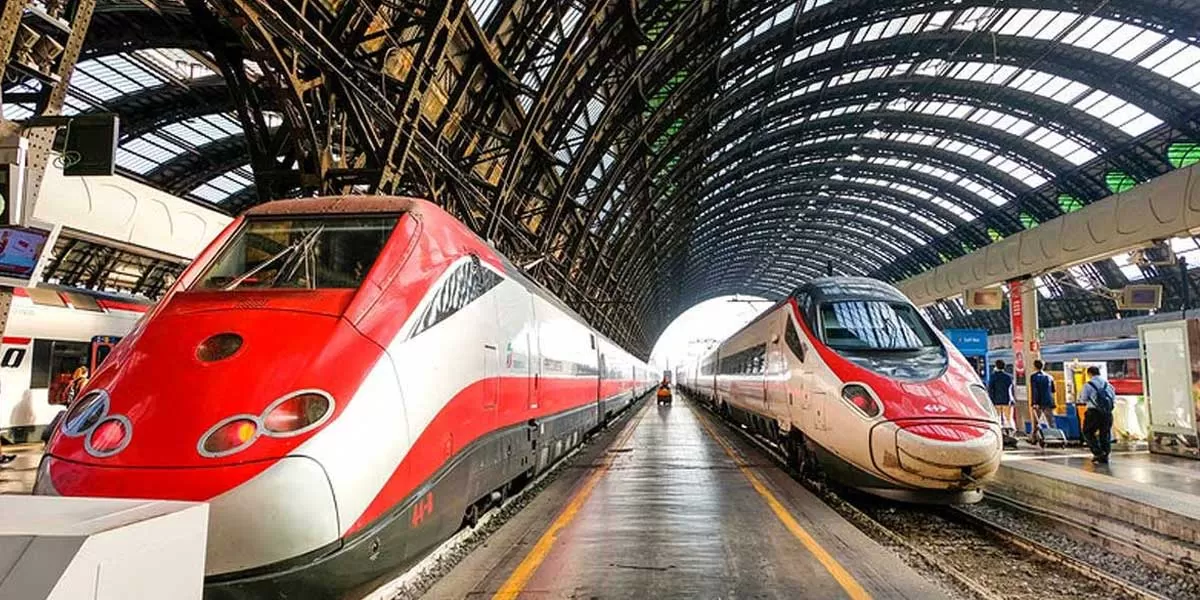
Indore Metro's Underground Section to Enhance Urban Connectivity
The 8.626 km-long underground stretch of the Yellow Line will connect a ramp east of Indore Railway Station to a ramp west of Devi Ahilya Bai Holkar Airport, featuring twin tunnels and seven underground stations at key locations, including Indore Railway Station, Rajwada, Chota Ganpati, Bada Ganpati, Ramchandra Nagar, BSF/Kalani Nagar, and the Airport. This underground corridor, the only such section in the 33.53 km Indore Metro Phase 1, is set to transform urban mobility. It will integrate with Package IN-04 on the east side, currently under construction by RVNL-URCC JV, and Package IN-03 on ..

Brigade Group to Invest Rs 15 Bn in Kerala for Expansion
Brigade Group, a prominent real estate company, has announced plans to invest Rs 15 billion in Kerala as part of its strategic expansion. This significant investment is set to create approximately 12,000 employment opportunities over the next five years, reinforcing the group's commitment to economic and infrastructural development in the region. Brigade Enterprises Ltd, the flagship entity of Brigade Group, has formalised its intent through an Expression of Interest (EOI) submitted at the Invest Kerala Global Summit 2025. The company, in a statement, confirmed its ambitious roadmap for growt..

CapitaLand India Trust to Invest Rs 10 Bn in Bengaluru Project
Singapore-based CapitaLand India Trust (CLINT) has committed a significant Rs 10 billion investment to finance a commercial project being developed by Maia Group in Bengaluru. CLINT has entered into a forward purchase agreement with Maia Estates Offices Pvt Ltd to acquire an office space at Nagawara, Outer Ring Road (ORR), Bengaluru. This office complex, which spans across 4.6 acres of land, is a part of a mixed-use development with a total net leasable area of approximately 1.36 million square feet. The project represents a flagship commercial venture for Maia Group, incorporating 1.13 milli..














